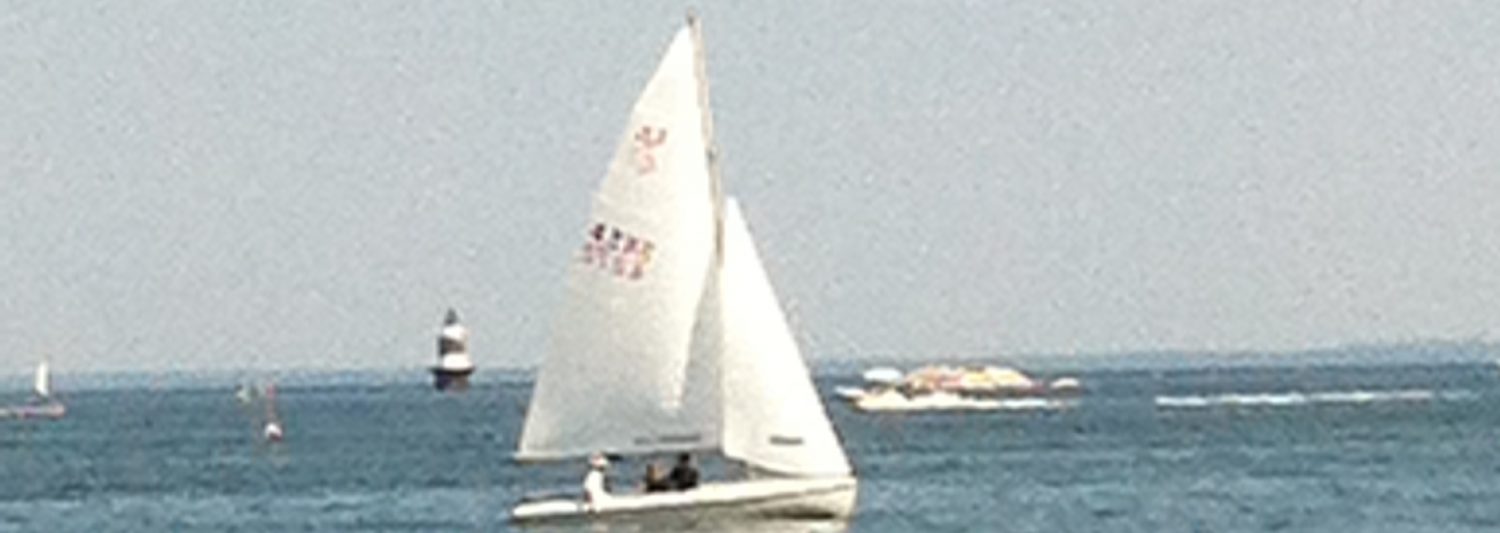Anna M. Valek was born on May 30, 1887 in Lithuania. To my knowledge, she was the eldest daughter and third of Adam and Elisabeth Valek’s children.
Different censuses place the year of Anna’s immigration anywhere between 1897 and 1900. I strongly suspect that the year was 1899, when other members of her family immigrated (her father was the first to come over in May 1893). Family legend says that Anna came through Ellis Island, but I have yet to find the ship manifest with her name on it. What I really need to do is research her brothers’ naturalization records to get more possible information on her arrival.
Another family legend is that Anna married her first husband, Anton “Tony” Urnezis, at the age of thirteen. I have not been able to confirm this one way or another. They were likely married in advance of their first child, John (known as Jack), born in 1908. Anna Marie (who later went by Ann) was born on August 31, 1910. There may have been a third child; the only Urnezis who I’d found on Find-a-Grave in the Riverhead area is Joseph Urnezis (born May 24, 1912, died October 15, 1912), who is buried at the Sacred Heart Cemetery in Cutchogue – the same cemetery that Anna’s second husband John Biliunas was later interred in. Personally, I think this is too much of a coincidence to discount him as a possible child, but right now I have no definitive evidence that he was born to Anna and Tony.
Although Anna’s parents were already established in Riverhead by the 1910 Census, it seems that the Urnezis family didn’t purchase land their until early 1912. Tony bought the Herrick Lane/Sound Avenue from a Mary Hallock. This farm is supposedly where Tony had a fatal accident; I don’t know what or when exactly, but of course it was before Anna re-married.
In my previous post, I’d covered Anna and John Biliunas’s children, as well as John’s naturalization. I’d always wondered if Anna’s citizenship hinged on John’s status. After all, in the 1925 New York Census, John stated that he had “filed papers” and Anna noted “same as husband”. However, in 1922 the United States passed the “Cable Act”, which stated that women could gain citizenship on their own. She would not have to file a declaration of intention (which explains why there is no paperwork filed with Suffolk County), yet she is counted as a citizen by 1930 and did eventually obtain a Social Security Number. I’m not sure exactly how it would have worked with her citizenship – she did not seem to be naturalized with her husband. This definitely would require some offline research.
Anna was widowed once again in 1948. I don’t know how long she stayed at the farm, but I do know that she purchased land on Bay Avenue in Mattituck, Suffolk County, NY near the beach in 1950. I believe that her son Jack eventually moved there (he definitely lived on Bay Avenue by the 1970s) and I believe she lived with him toward the end of her life. And when was that, you ask? Anna died in April 1983 in Mattituck; yes, she was pushing 100! Although I was a full-grown eighteen years old when she died, I never got the opportunity to meet her. I can only hope she knew that a great-granddaughter would have loved to meet her!











